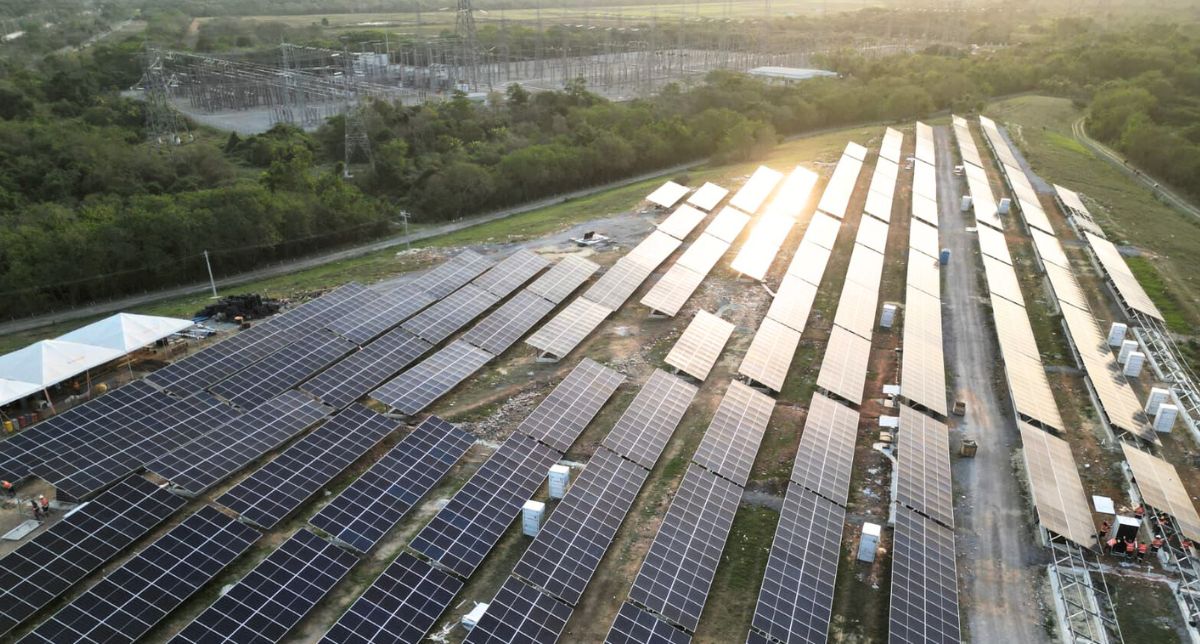Brazil is officially on the road to COP 30 — the 30th United Nations Climate Change Conference — to be held from November 10 to 21, 2025, in Belém, Pará. With a series of preparatory events, such as the inauguration of the Solário Carioca in Rio de Janeiro, the country is sending a clear message: Brazil’s energy transition is moving beyond rhetoric and becoming a real investment opportunity.
The global context is challenging. Recent reports from the UN and major financial institutions show that, despite advances in renewable energy, global emissions continue to rise — and extreme weather events are becoming more frequent and costly. At the same time, the financial and corporate sectors have realized that sustainability is no longer a cost — it is business value and a key factor of competitiveness.
In this scenario, Brazil stands out with unique advantages: a predominantly renewable energy matrix, an abundance of natural resources, and a growing pipeline of biogas, biomethane, and solar energy projects.
The Architecture of COP 30: From Promises to Delivery
Since the first climate conference over three decades ago, the world has made significant progress in diplomacy and technology — yet remains far from meeting the goals of the Paris Agreement.
COP 30 is expected to mark a turning point — from a phase of promises to a phase of concrete delivery. It will be the first conference where nations must present new emission-reduction commitments through 2035, accompanied by detailed financing and implementation plans.
This shift in the structure of the conference creates a new business environment. The focus will no longer be limited to political commitments but will extend to economic models of transition, involving governments, multilateral banks, and private companies.
With its recent regulatory progress — such as the Future Fuels Law, the Biogas and Biomethane Legal Framework, and the Brazilian Carbon Market — Brazil is positioning itself as a leading player in this emerging climate economy.
The Solário Carioca and the Role of Cities in the Energy Transition
The inauguration of the Solário Carioca during the pre-COP week represents more than an urban solar generation project — it is a symbol of decentralized energy transition.
Located in Rio de Janeiro’s port district, the project — developed in partnership between GNPW Group, VPower Energia, and the Solário Carioca Consortium — demonstrates how local governments and companies can turn urban spaces into energy assets.
The Solário combines clean energy, technology, and environmental education, providing the city not only with energy savings but also with a tangible example of how municipalities can actively engage in decarbonization.
For investors and public managers, the message is clear: urban solutions are becoming the new growth driver for the clean energy market. Projects like this pave the way for replicable models in other capitals, financed through ESG funds and green finance instruments.

2035: The Defining Horizon of Transition
The new 2035 benchmark will be a turning point. According to the International Renewable Energy Agency (IRENA), the world must triple its installed renewable energy capacity by 2030 and accelerate the decarbonization of transport and industry by 2035 to keep global warming below 1.5°C.
In Brazil, the Energy Research Office (EPE) estimates that the country could double its solar generation and quintuple biogas and biomethane use within its energy mix.
This outlook creates a unique window of opportunity between 2025 and 2035, as international capital seeks stable, regulated markets with high climate-return potential.
Biomethane: The Link Between Energy, Industry, and the Circular Economy
If solar energy was the symbol of the past decade, biomethane is the protagonist of the decade ahead.
Produced from agricultural, urban, and industrial waste, biomethane mitigates methane emissions — a greenhouse gas 28 times more potent than CO₂ — while replacing fossil fuels in transport, power generation, and industrial processes.
In Brazil, the sector is expanding rapidly. According to ABiogás, the country has the technical potential to replace up to 70% of current diesel consumption with biomethane, especially in heavy transport and agribusiness.
With advancing regulations and growing corporate demand for carbon credits, biomethane is consolidating its position as the strategic link between energy, the circular economy, and national energy security.
Financing: The Power of Climate Capital
One of the central themes of COP 30 will be climate finance — who pays, how much will be mobilized, and how capital will flow to developing nations.
According to estimates from the World Bank and the Inter-American Development Bank (IDB), the global energy transition will require US$4 trillion per year by 2030, and Brazil is among the most attractive destinations for these resources.
Green credit lines from BNDES, international infrastructure funds, and green bond issuances are already propelling the sector forward.
For companies such as GNPW and its partners, the competitive edge will come from structuring financially sound, ESG-aligned projects that meet the transparency and impact criteria required by international investors.
How Industry Players Can Position Themselves
The decade from 2025 to 2035 will be the most competitive in recent energy history. Companies aiming to lead this cycle should:
- Establish genuine ESG governance with measurable metrics and transparency;
- Forge strategic alliances connecting technology, finance, and regulation;
- Invest in urban innovation — distributed generation, electric mobility, and green hydrogen;
- Value human capital and purpose-driven communication as pillars of corporate reputation;
- Monitor public policies, such as the carbon market and new biogas/biomethane auctions.
The Solário Carioca embodies this convergence between public vision and private efficiency, symbolizing how Brazil can turn climate goals into tangible — and profitable — results.
Conclusion
COP 30 will be more than a climate conference — it will be an economic and political milestone. For Brazil, it represents the consolidation of a new global identity: that of a green powerhouse. And for investors, the message is unequivocal: the time to act is now. Between 2025 and 2035, those who understand the value of clean energy, biomethane, and urban innovation will stand at the forefront of the new low-carbon economy.

Comment